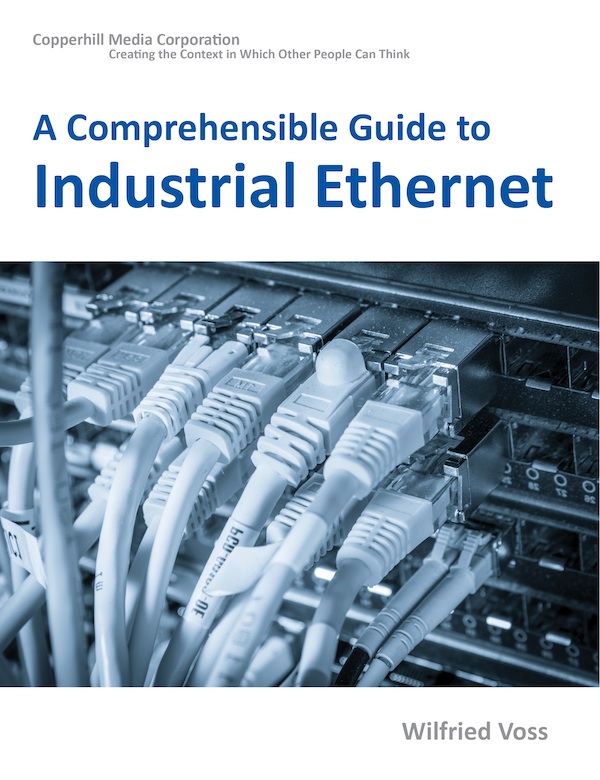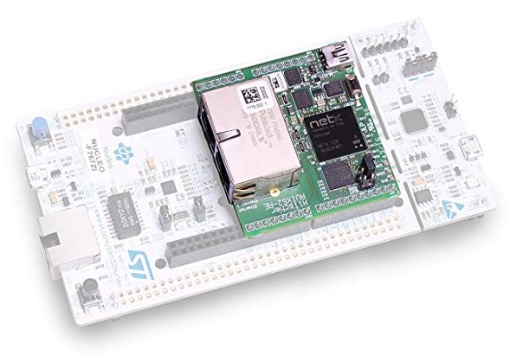Recent Posts
Industrial Ethernet Guide - Ethernet and TCP/IP Basics
Posted by on

The following is part of A Comprehensible Guide to Industrial Ethernet by Wilfried Voss.
Note: This chapter can only provide a rudimentary overview of the underlying Ethernet technology. There are already a significant number of works on TCP/IP available (see also the “References” appendix) that explain the topic in great detail.
Nevertheless, the information in this chapter is not only sufficient in reference to Industrial Ethernet protocols as introduced in later chapters; it is mandatory for understanding the differences between the various, available protocol versions. Consequently, this chapter provides unique insights into Industrial Ethernet technologies by adding specific references where necessary.
Many of the characteristics that describe Ethernet and TCP/IP are common to most network technologies, specifically industrial networking (with or without Ethernet). Understanding how Ethernet addresses the issues at hand provides a foundation that will improve the understanding of networking in general and, most prominently, that of Industrial Ethernet technologies.
The following image represents an example of a simple Ethernet TCP/IP network as it is familiar to all of us and as it was originally intended.

Ethernet is a family of computer networking technologies for local area networks (LAN) that was commercially introduced in 1980. Standardized in IEEE 802.3, Ethernet has largely replaced other competing wired LAN technologies, and nowadays it represents not only the backbone of the Internet but also advanced industrial control.
Systems communicating over Ethernet partition a stream of data into individual packets called frames. Each frame contains source and destination addresses and error-checking data to ensure the detection of damaged data and initiate re-transmission when necessary.
In layman’s terms, Ethernet covers the physical medium (e.g., cables, RJ45 ports, LAN cards, routers, switches, hubs, etc.) plus some basic, low-level protocol features like, for instance, message collision detection, but while Ethernet represents an excellent transmission medium for data, it falls short of offering a complete protocol solution.
The TCP/IP model (Transmission Control Protocol/Internet Protocol) is a descriptive framework for the Internet Protocol Suite of computer network protocols created in the 1970s by DARPA, an agency of the United States Department of Defense. It defines a set of general design guidelines and implementations of specific networking protocols to enable computers to communicate over a network. TCP/IP provides end-to-end connectivity, specifying how data should be formatted, addressed, transmitted, routed, and received at the destination.
netSHIELD"NSHIELD 52-RE" - Industrial Ethernet Development Platform
 netSHIELD is an evaluation expansion board with Arduino compatible connectors for development purposes.
netSHIELD is an evaluation expansion board with Arduino compatible connectors for development purposes.
It enables the user to connect a Microcontroller based application to all market relevant Real-Time-Ethernet industrial networks with best-in-class real-time capabilities, like PROFINET, Ethernet/IP, EtherCAT, and others.
The extension board features a netX 52 system-on-chip. The netX SoC architecture is designed from the ground up for the highest demands on flexibility, determinism, and performance in terms of multi-protocol capability and low latency for short cycle times. The heterogeneous multi-core architecture features an ARM processor core, coupled with a flexible communication subsystem (xC) for varieties of industrial applications support.
 Loading... Please wait...
Loading... Please wait...
